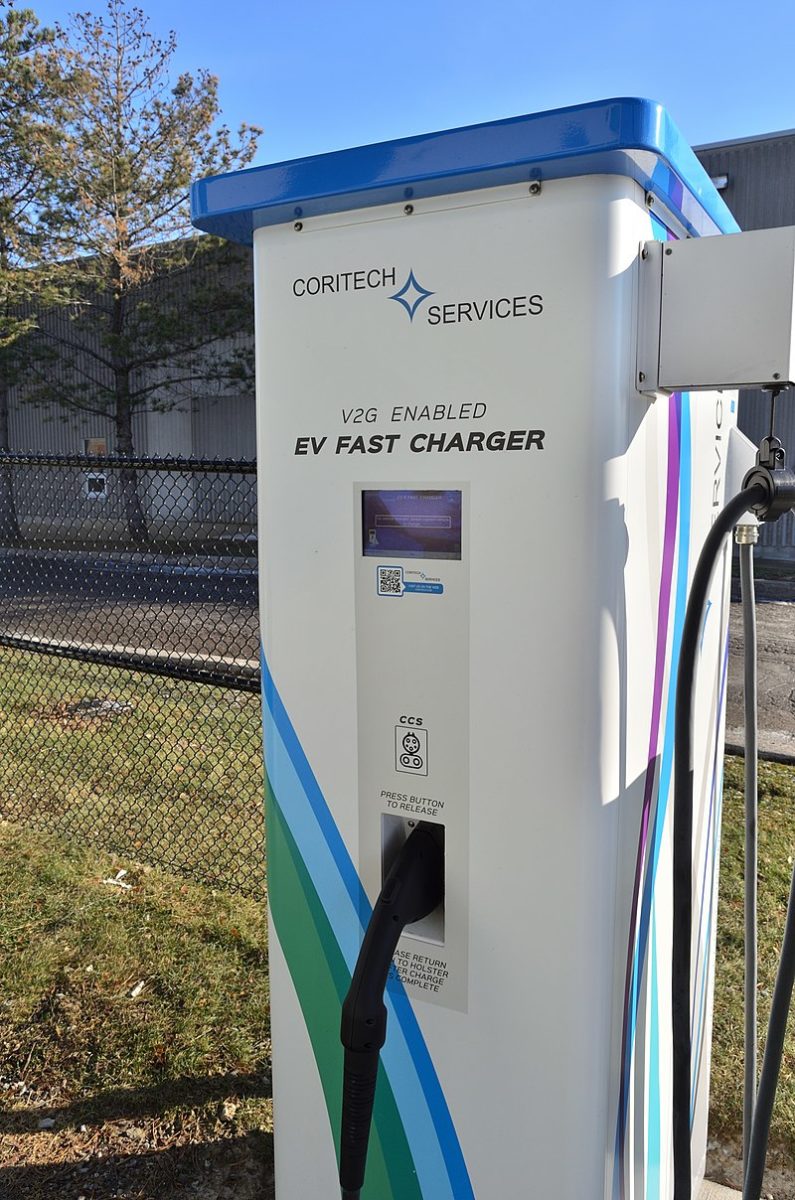A group of scientists from the Arctic University of Norway has demonstrated the theoretical technical feasibility of a nationwide energy system relying purely on distributed solar and electric vehicles (EVs) equipped with vehicle-to-grid (V2G) technology.
V2G technology is used to feed the energy stored in EV batteries back into national grids, which can help stabilize power supply during high-demand periods. In order to make this technology have a sufficient impact on grid operations, however, large deployment volumes are necessary.
With this in mind, the Norwegian team decided to undertake what they called a “conceptual exercise” and assumed that the entire energy demand of a sunny country, such as Spain, could be completely covered by distributed solar generation, and that the nation's entire fleet of 29.4 million road-going vehicles could, theoretically, switch to electric vehicle technology. “We chose Spain as a case study mainly because of its location in southern Europe, with relatively large amounts of solar radiation all year round,” the academics explained. “At higher latitudes, the sun-hours during winter months drastically decrease, making a pure PV-EV system unrealistic.”
Working with a Matlab-based model, they calculated the state of the charge (SOC) for the aggregated EV fleet with an hourly temporal resolution. The proposed system works as follows: if the solar power production is higher than the load, surplus is stored in EV batteries; if these batteries have reached a 100% SOC and PV generation is still higher than the load, the surplus is lost; if PV generation is lower than the load, the grid takes power from the EV batteries until a minimum of 10% SOC is reached; if both PV and the EV batteries are unable to supply the load, the result is what the scientists called a “failure hour.”
They also assumed that all the EVs are equipped with V2G, have a battery capacity of 100 kWh, and are connected to the power network when parked. At night, when PV is not operating, the country's power system is depending entirely on the electricity stored in the EV batteries. Through the modeling, the research group found that 3.45 billion m2 of PV systems would be necessary to build a 100% self-reliant energy system.
“The visionary conceptual study presented here shows that it is indeed theoretically possible to power a complete country like Spain solely by the use of photovoltaics (PV), and to balance the intermittency solely by using the battery capacity of a fully electric transport system and V2G technology,” the researchers concluded, noting that even with 2 billion m2 of PV systems, 79% self-reliance would be possible.
They also warned, however, that their findings should be taken as the basis for future research on energy systems based solely on renewable energy, adding that their work was based on three kinds of assumptions: technically unrealistic; technically feasible but not likely to occur; and technically feasible and likely to occur.
The details of the modeling can be found in the paper The pure PV-EV energy system – A conceptual study of a nationwide energy system based solely on photovoltaics and electric vehicles, published in Smart Energy.
This content is protected by copyright and may not be reused. If you want to cooperate with us and would like to reuse some of our content, please contact: editors@pv-magazine.com.




3.45 billion m2 of PV systems = 3450 square kilometres of surface. What is the surface area of roofs in Spain? I would hazard a guess – somewhat more than 3450 sq kms.
The total surface of Spain is 505.990 km² or 505,99 billion m². 3,45 billion m² represents only 0,68 of the total surface of Spain.
In tiny densely populated north-western European Belgium (30.000 km²) only 3.684 km² PV could cover all power, including for all 6 million cars being electric, plus all heat as produced by natural gas through 1/4 direct consumption plus 3/4 postponed consumption covered by a combination of hydrogen production and fuel cells.
While both are great and solar will be the biggest generation and EVs with v2g will be the biggest storage, on demand system in 10 yrs, they won’t be even 50% of either.
Wind, CSP, CHP, synfuels, hydro, tidal/river heat/cold storage, geo, battery all want and we need their share to cut the need for batteries, having to overbuild wind, solar.
Let’s not forget just switching to RE saves 50% of rejected heat no longer wasted making the whole thing 50% easier.
Very interesting study!
Spain’s total area is about 506,000 square Kilometers
3.45 billion square meters is 3450 Square Kilometers
That would be less than 1% coverage of the country.
This coverage is not unrealistic.
However, it assumes ONLY PV. If wind energyis also added, the required installed capacity will be reduced in two ways, if wind is also included:
a) The contribution of wind must be subtracted
b) The fact that wind is usually not at the same time or season, it means that there will be less requirement for “excess capacity”, and less storage requrements.
It would be interesting to see how much the required coverage would be, if a realistic contribution of wind turbines is also included.
Comment from the author:
I am glad to see that the “Pure PV-EV energy system” conceptual article is receiving some attention. As mentioned in this review of the article, I wanted to make a statement with the study. I wanted to see if a nationwide energy system solely based on PV and EVs was possible, and yes it was! Another purpose with this conceptual study was to show stakeholders the results and make them act upon these vast opportunities with PV and EVs.
I just saw this review and I also want to comment that we are working on a follow up article where we simulate a more realistic scenario. Here we include PV, wind, hydro and pumped hydro and plan to submit the manuscript within a month.
Happy new year!
Prof. Tobias Boström